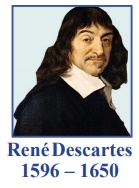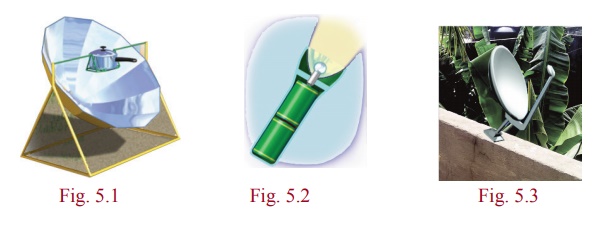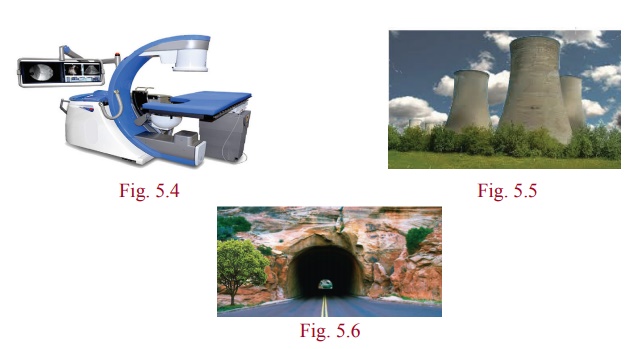Two Dimensional Analytical Geometry II - Introduction | 12th Mathematics : UNIT 5 : Two Dimensional Analytical Geometry II
Chapter: 12th Mathematics : UNIT 5 : Two Dimensional Analytical Geometry II
Introduction
Two
Dimensional Analytical Geometry-II
"Divide each
difficulty into as many parts as is feasible and necessary to resolve it"
- René Descartes
Introduction
Analytical Geometry of two dimension is used to describe geometric
objects such as point, line, circle, parabola, ellipse, and hyperbola using Cartesian coordinate
system.Two thousand years ago
(≈ 2− 1 BC (BCE)), the ancient Greeks studied conic curves, because studying them elicited ideas
that were exciting, challenging, and interesting. They could not have imagined
the applications of these curves in the later centuries.

Solving problems by the method of Analytical Geometry was
systematically developed in the first half of the 17th century majorly, by
Descartes and also by other great mathematicians like Fermat, Kepler, Newton,
Euler, Leibniz, l’Hôpital, Clairaut, Cramer, and the Jacobis.
Analytic Geometry grew out of need for establishing algebraic techniques for solving geometrical problems and the development in
this area has conquered industry, medicine, and scientific research.
The theory of Planetary motions developed by Johannes Kepler, the
German mathematician cum physicist stating that all the planets in the solar
system including the earth are moving in elliptical orbits with Sun at one of a
foci, governed by inverse square law paved way to established work in Euclidean
geometry. Euler applied the co-ordinate method in a systematic study of space
curves and surfaces, which was further developed by Albert Einstein in his
theory of relativity.
Applications in various fields encompassing gears, vents in dams, wheels and circular geometry
leading to trigonometry as application based on properties of circles; arches,
dish, solar cookers, head-lights, suspension bridges, and search lights as application based
on properties of parabola; arches, Lithotripsy in the field of Medicine, whispering galleries, Ne-de-yag lasers and
gears as application based on properties of ellipse; and telescopes, cooling
towers, spotting
locations of
ships or aircrafts as application based on properties of hyperbola, to name a
few.

A driver took the job of delivering a truck of books ordered on
line. The truck is of 3m wide and 2.7m high, while driving he
noticed a sign at the semielliptical entrance of a tunnel; Caution! Tunnel is
of 3m high at the centre peak. Then he saw another sign; Caution! Tunnel
is of 12m wide. Will his truck pass through the opening of tunnel’s
archway? We will be able to answer this question at the end of this chapter.

Learning Objectives
Upon completion of this chapter, students will be able to
● write the
equations of circle, parabola, ellipse, hyperbola in standard form,
● find the centre,
vertices, foci etc. from the equation of different conics,
● derive the
equations of tangent and normal to different conics,
● classify the
conics and their degenerate forms,
● form equations of
conics in parametric form, and their applications.
● apply conics in
various real life situations.
Related Topics